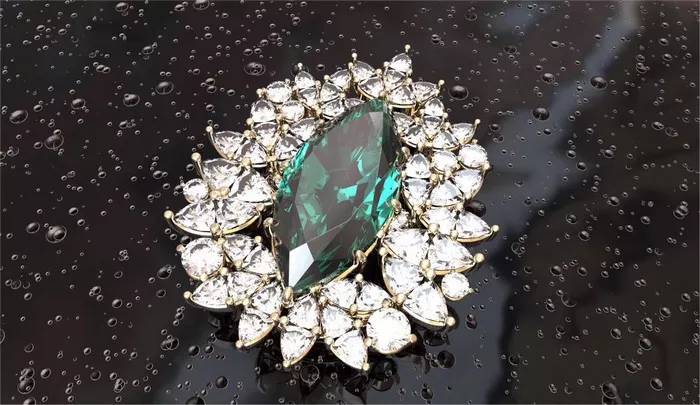As Guy Borenstein prepares for Stuller’s Bench Jeweler Workshop scheduled for March, one issue continues to dominate discussions for the fifth consecutive year: synthetic diamonds.
The market offers a plethora of tools designed to distinguish lab-grown diamonds from their natural counterparts. According to the Natural Diamond Council (NDC), approximately 40 instruments are available for this purpose.
Reflecting on the evolution of awareness, the director of gemstone procurement for the Lafayette, Louisiana-based manufacturer recalls, “Five years ago, when I asked attendees about screening for lab-grown diamonds [LGDs], only one hand went up.” While this awareness has increased over the years, a majority still overlook this crucial step.
Recent incidents of undisclosed synthetics being submitted to labs underscore the importance of vigilance among retailers. Over the past two months, four labs, including one in Italy and three with US outposts, including the Gemological Institute of America (GIA), have reported instances of synthetic diamonds masquerading as natural. While labs possess the expertise and equipment to identify such deception, the same cannot be assumed for retailers, small-scale manufacturers, and dealers. Short of sending every diamond for lab testing, what measures can the industry take to protect against unwitting purchases of synthetic diamonds? The answer lies in rigorous screening protocols.
Marc Altman of B&E Jewelers in Southampton, Pennsylvania, began selling synthetics only last year but has already encountered them in newly manufactured goods misrepresented as natural, as well as in the engagement rings of unsuspecting clients. In the case of the new jewelry, he suspects it was a genuine mistake.
“It was one ring,” he recalls. “Given the size of the order, I assumed they also produced jewelry with LGDs.”
Equipped with his GIA ID100 screening tool, Altman performs spot-checks on trays of newly finished jewelry. For individual client rings, he relies on a polariscope and the ID100 to ascertain their authenticity. In the past three weeks alone, he has discovered two rings set with lab-grown diamonds instead of the natural ones his clients believed they had. Such instances underscore the critical importance of screening items upon intake and highlight deficiencies in disclosure at the point of sale—deficiencies that could potentially lead to legal repercussions.


